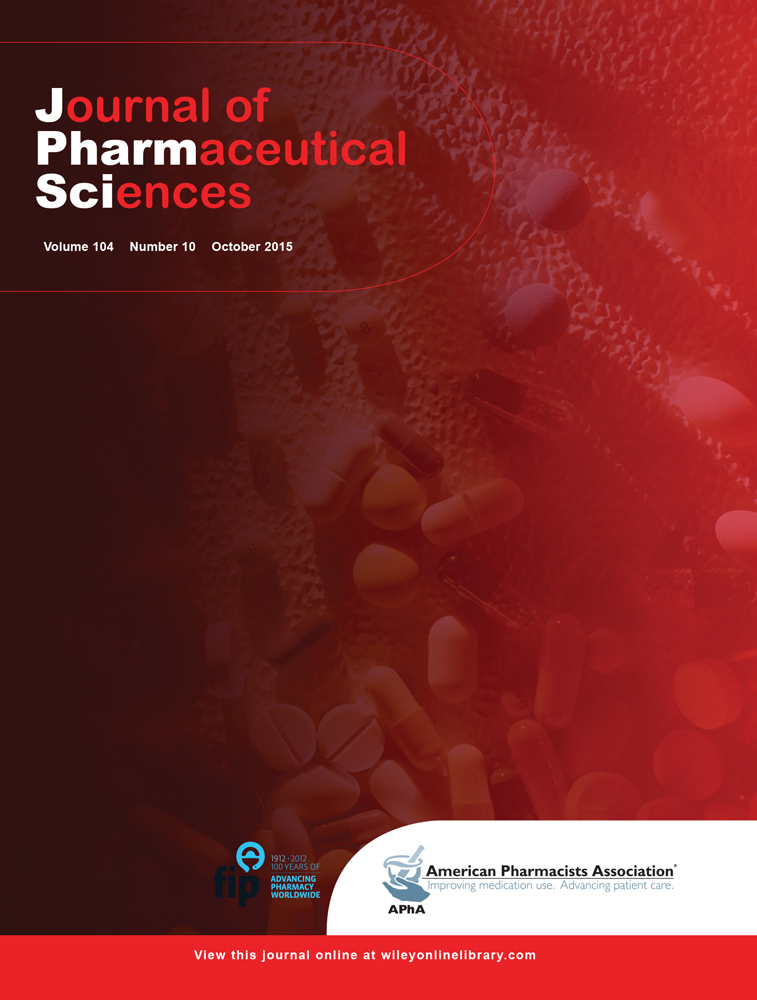Thermal, X-ray Structural, and Dissolution Characteristics of Solid Forms Derived from the Anticancer Agents 2-Methoxyestradiol and 2-Methoxyestradiol-3,17-O,O-Bis-Sulfamate
Abstract
The aim of the study was to generate alternative solid forms of 2-methoxyestradiol (2ME) and its sulfamoylated derivative 2-methoxyestradiol-3,17-O,O-bis-sulfamate (2MES), both of which are potent anticancer agents with no significant history of solid-state investigation. Screening for polymorphs and solvates by a variety of procedures yielded four distinct species: a crystalline form of 2ME, an amorphous form of 2ME, a chloroform solvate 2ME·(CHCl3)2, and the hemihydrate of the bis-sulfamate, 2MES·(H2O)0.5. Hydrogen-bonded assembly of 2ME molecules into layers in both crystalline 2ME and its chloroform solvate was established using single-crystal X-ray diffraction. This technique also revealed disorder of the sulfamate group at position 17 in both molecules comprising the asymmetric unit in the crystal of 2MES·(H2O)0.5. The thermal stabilities of the crystalline phases were recorded using hot-stage microscopy, thermogravimetry, and differential scanning calorimetry, and the results were reconciled with the crystal structures. Aqueous dissolution rates measured at 37°C generally decreased in the order 2MES·(H2O)0.5 > 2ME(amorphous) > 2ME(crystalline). © 2015 Wiley Periodicals, Inc. and the American Pharmacists Association J Pharm Sci 104:3418–3425, 2015




